The problem is how to turn values that seem to only belong to memories into attractive tourism products, bringing new experiences to tourists, and at the same time creating a spread in the community.
From that requirement, connecting heritages, building routes and specialized tourist spaces, is being implemented by many localities and initially bringing positive results.
Central Heritage Road – a successful model
When it comes to connecting heritage in tourism development, it is impossible not to mention the "Central Heritage Road", an initiative born in the early 2000s.
The World Cultural Heritage My Son Sanctuary affirms its position as an attractive destination on Vietnam's tourism map.
On a journey of less than 300 km, visitors can explore four world heritage sites including the Complex of Hue Monuments, Hoi An Ancient Town, My Son Sanctuary and Phong Nha - Ke Bang National Park.
The geographical proximity and complementarity in heritage types have helped the Central region become a prominent destination on the international tourism map.
Visitors come to Hue to feel the tranquility of the ancient capital, to Hoi An to immerse themselves in the ancient town space, to My Son to admire the vestiges of Champa culture, and then to Phong Nha to explore the majestic natural wonders.
Hue Monuments Complex
Four heritages, four colors, but create an overall picture, helping visitors satisfy their need to learn about history, enjoy nature, and experience contemporary cultural life.
The success of the “Central Heritage Road” model shows that connecting many heritage sites together not only increases tourism value but also prolongs the length of stay and increases visitors' spending.
While in the past, many tourists only visited one location and then quickly left, now they can spend a whole week to fully experience the journey, thereby creating a stable source of income and spreading benefits to many localities at the same time.
Forming regional linkage chains, enhancing product value
Not only in the Central region, many other localities are also proactively connecting heritage to develop regional tourism. In the North, the combination of Hanoi - Ninh Binh - Quang Ninh has formed a unique cultural - natural tourism triangle, with Thang Long Imperial Citadel, Trang An Scenic Landscape Complex and Ha Long Bay.
Ha Long Bay represents a majestic natural heritage.
These are three UNESCO-recognized heritages that complement each other to create a diverse itinerary, meeting the needs of many types of visitors.
In the Central Highlands, the connection between gong cultural space with folk festivals, traditional villages and natural landscapes has created a unique tourism product, attracting tourists who love to experience indigenous culture.
In the South, traditional music is being incorporated into garden tours and river cruises, turning folk music into a highlight that attracts tourists.
Trang An in flood season
Regional connectivity also extends to the international scale. For example, the Indochina Heritage Corridor connecting destinations in Vietnam, Laos and Cambodia has been exploited, bringing opportunities to promote regional culture and increase the number of international visitors.
Through this, it can be seen that heritage connection does not only stop at the national level, but can also become a driving force for cooperation and sustainable tourism development in the sub-region and region.
Affirming Vietnam's position on the world tourism map
Connecting heritage is not only about connecting destinations on the map, but also about integrating heritage into living spaces and creative tourism products. Nowadays, many localities have organized festivals and large cultural events right in the city, to bring heritage closer to the community and tourists.
Bay Mau Coconut Forest is a famous eco-tourism area in Hoi An. Coming here, visitors will experience sitting in a basket boat to visit the green coconut forest in the middle of a peaceful space.
The Ao Dai Festival associated with Hue heritage, the Lantern Festival in Hoi An, the Central Highlands Gong Festival or the Don Ca Tai Tu performances in Ho Chi Minh City... are typical examples.
In addition, new tourism products based on heritage are also gradually appearing, such as traditional craft experience tourism, agricultural tourism associated with festivals, or night tourism exploiting the space of the old town and night market.
These forms not only create new livelihoods for local people but also enrich the experience of tourists, helping them not only "hear" or "see" but also directly "touch" the heritage.
Connecting heritage to develop tourism is not only for economic purposes, but also for sustainable development. When many localities join hands to exploit a heritage system, the benefits will be distributed evenly, avoiding overload at some famous destinations.
Experiencing craft villages in Hoi An
At the same time, the connection also promotes the sharing of experiences in conservation work, festival organization, and tourism human resource training.
In particular, through heritage connections, young generations have the opportunity to better understand national cultural values, thereby forming a sense of conservation.
International tourists will also have a more comprehensive view of Vietnam, not only stopping at the image of a country with beautiful nature, but also a place rich in cultural and historical traditions. This is the competitive advantage of Vietnam tourism in the integration trend.
It can be affirmed that connecting heritage has been contributing to creating a unique brand for Vietnam tourism. From the “Central Heritage Road” to regional linkage chains, from national-scale festivals to community tourism products, all show creativity in exploiting and promoting heritage values.
It is important to continue to maintain a balance between conservation and development, between the need for visitors to experience and the need to preserve the community's identity.
Heritage is a valuable asset, the cultural identity of a nation. When those values are connected, elevated and widely promoted, they will become soft power, bringing the image of Vietnam closer to friends around the world.
Heritage tourism is therefore not only a sightseeing journey, but also a journey of pride and affirmation of Vietnam's position on the world tourism map.
Source: https://baovanhoa.vn/van-hoa/bai-2-ket-noi-di-san-de-lam-nen-suc-manh-du-lich-viet-nam-167514.html


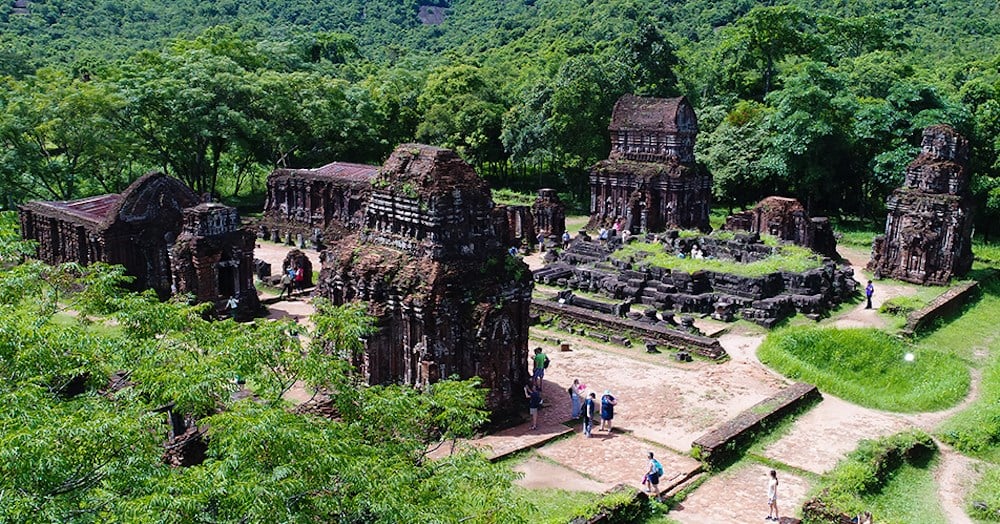
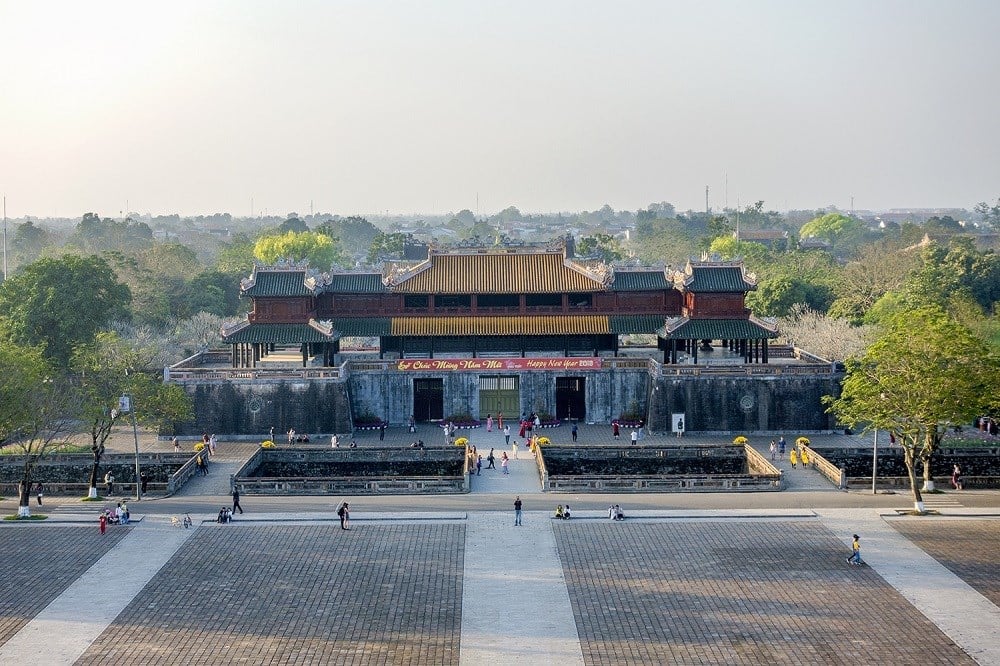
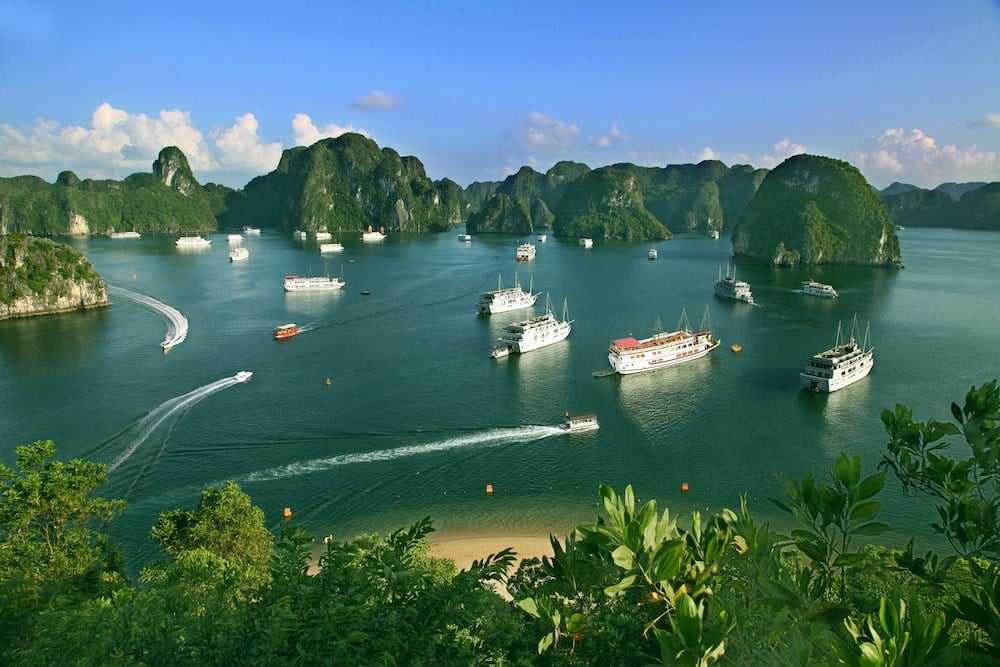
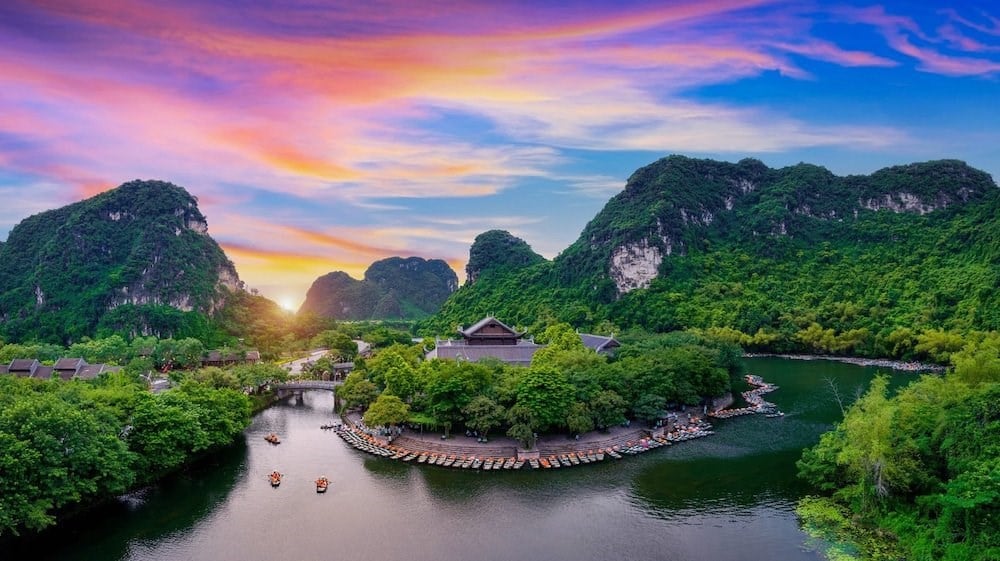
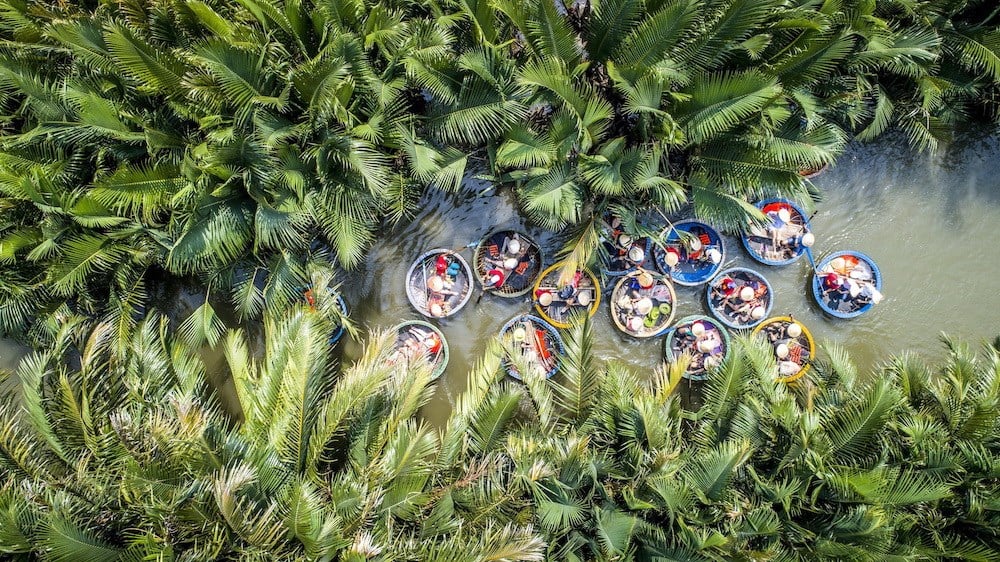
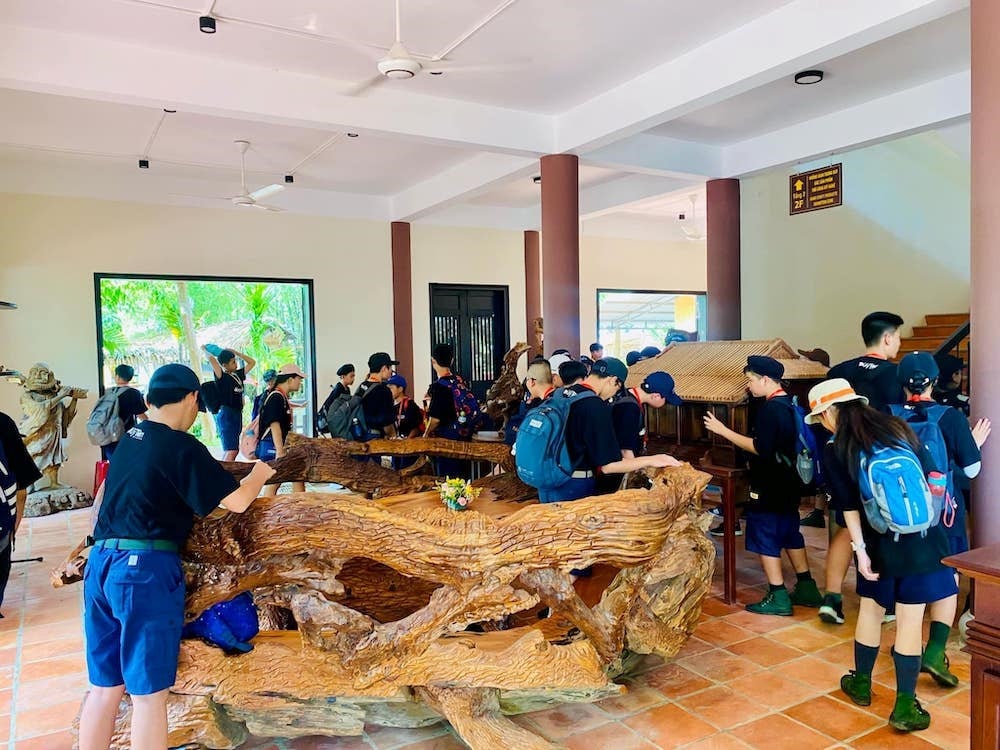
![[Photo] Flooding on the right side of the gate, entrance to Hue Citadel](https://vphoto.vietnam.vn/thumb/1200x675/vietnam/resource/IMAGE/2025/10/28/1761660788143_ndo_br_gen-h-z7165069467254-74c71c36d0cb396744b678cec80552f0-2-jpg.webp)

![[Photo] Prime Minister Pham Minh Chinh chaired a meeting to discuss solutions to overcome the consequences of floods in the central provinces.](https://vphoto.vietnam.vn/thumb/1200x675/vietnam/resource/IMAGE/2025/10/29/1761716305524_dsc-7735-jpg.webp)

![[Photo] National Assembly Chairman Tran Thanh Man received a delegation of the Social Democratic Party of Germany](https://vphoto.vietnam.vn/thumb/1200x675/vietnam/resource/IMAGE/2025/10/28/1761652150406_ndo_br_cover-3345-jpg.webp)

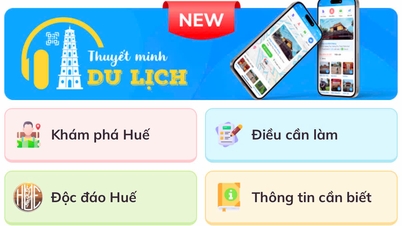





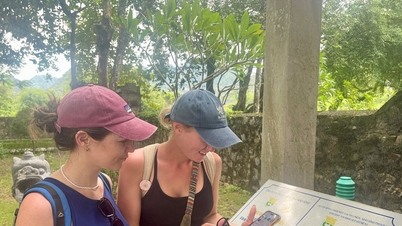
























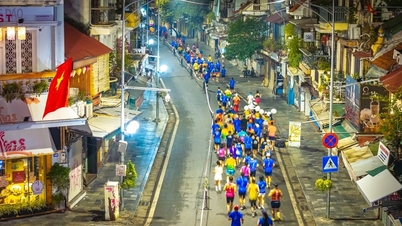
![[Photo] Draft documents of the 14th Party Congress reach people at the Commune Cultural Post Offices](https://vphoto.vietnam.vn/thumb/1200x675/vietnam/resource/IMAGE/2025/10/28/1761642182616_du-thao-tai-tinh-hung-yen-4070-5235-jpg.webp)





















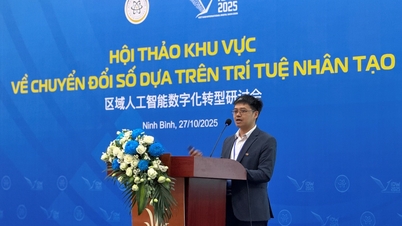







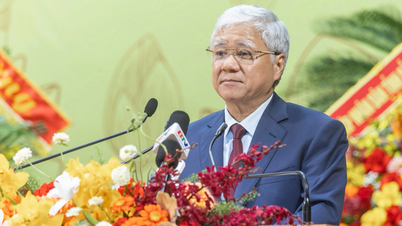
![[Infographic] Vietnam's socio-economic situation in 5 years 2021-2025: Impressive numbers](https://vphoto.vietnam.vn/thumb/402x226/vietnam/resource/IMAGE/2025/10/29/1761730747150_anh-man-hinh-2025-10-29-luc-16-38-55.png)





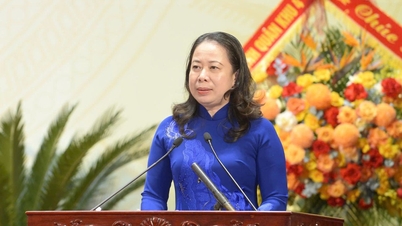







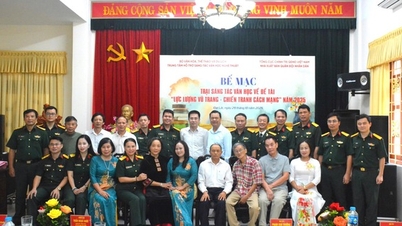





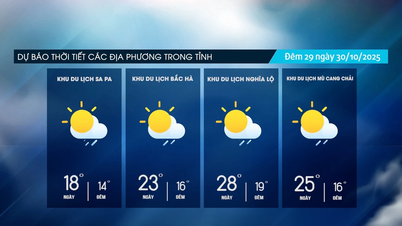



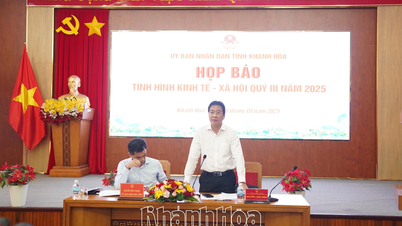















Comment (0)